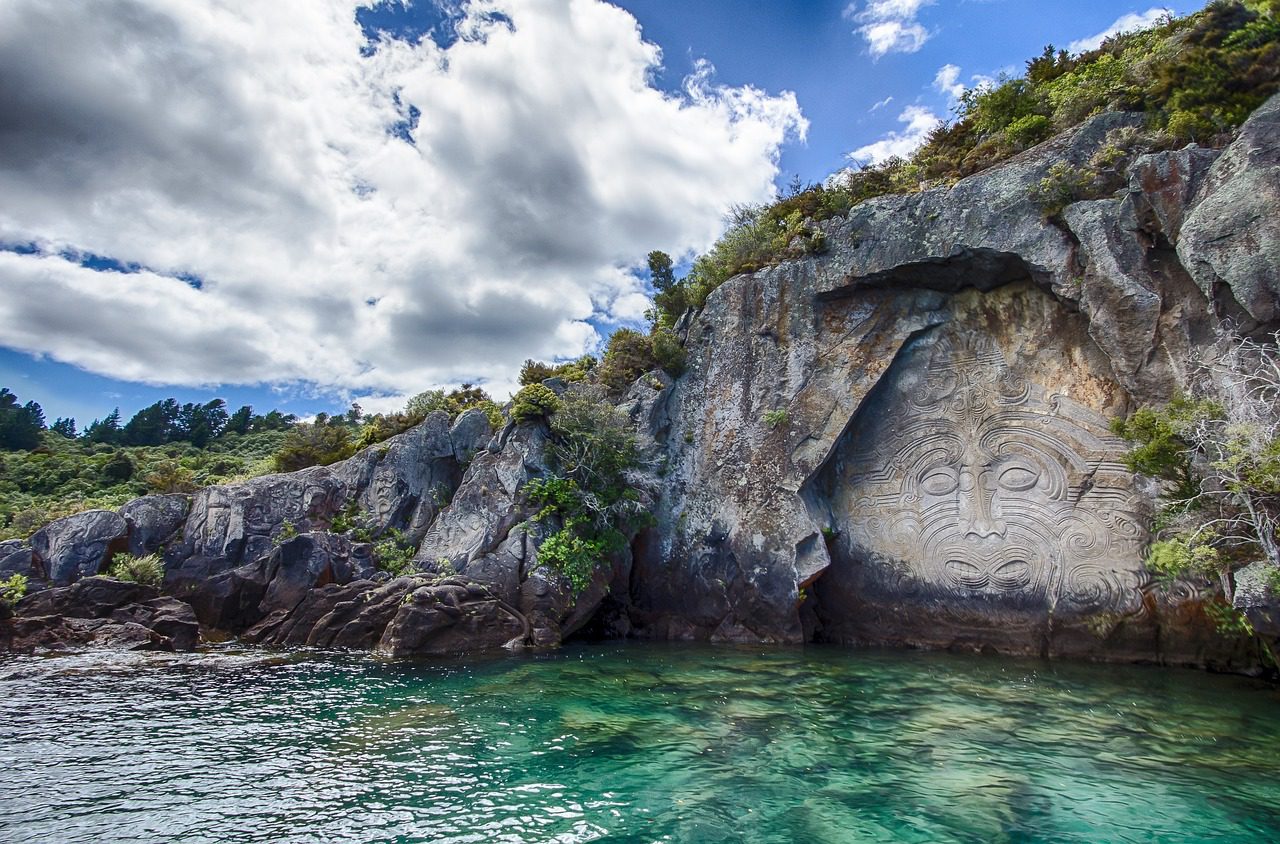Unveiling the Rich History of Aotearoa, New Zealand

Share
Snapshot of Aotearoa, New Zealand History
Kia ora, haere mai, welcome to the captivating land of Aotearoa, New Zealand. Beyond its stunning landscapes and vibrant culture, this island nation holds a fascinating history. This is a easy read, snapshot of New Zealand history which shaped its identity for anyone looking to gain a deeper appreciation while travelling here.
Māori Settlement and Polynesian Heritage:
The history of New Zealand begins with the arrival of Polynesian settlers, who are believed to have reached these shores around the 13th century. Known as the Māori, these pioneering voyagers brought with them a rich cultural heritage and a deep connection to the land. Visit places like Rotorua, Waitangi, and the Auckland War Memorial Museum to learn about Māori traditions, legends, and the Treaty of Waitangi—the founding document of New Zealand.
European Exploration and Colonization:
European exploration of New Zealand began in the late 18th century, with Captain James Cook’s arrival. The subsequent colonisation by the British Empire had a profound impact on the country. Explore sites like the Waitangi Treaty Grounds, where the Treaty of Waitangi was signed in 1840, marking the beginning of British governance. Visit cities such as Wellington, Auckland, and Christchurch to see the fusion of Māori and European influences in architecture, institutions, and society.
Gold Rush and Colonial Development:
In the mid-19th century, New Zealand experienced a gold rush, attracting prospectors from around the world. Discover the remnants of this transformative era in places like Arrowtown and Thames, where charming historic buildings and mining relics tell stories of fortune seekers and the rapid growth of colonial towns. Delve into the history of Otago and the West Coast to understand the immense impact gold had on shaping New Zealand’s identity.
New Zealand Wars and Land Conflicts:
During the 19th century, tensions arose between the Māori and European settlers, leading to a series of conflicts known as the New Zealand Land Wars. Explore sites like the Waikato region and Taranaki, where significant battles took place. Gain insights into the complexities of these conflicts and their lasting effects on the relationship between Māori and the Crown.
Modern History and Social Progress:
As New Zealand transitioned into the 20th century, significant social and political changes unfolded. The country became a pioneer in areas such as women’s suffrage, social welfare, and indigenous rights. Visit landmarks like the Kate Sheppard National Memorial in Christchurch and Te Papa Tongarewa, the national museum in Wellington, to learn about the courageous individuals and movements that shaped modern New Zealand.
Conclusion:
New Zealand’s history is a tapestry woven with tales of exploration, colonization, cultural integration, and social progress. As you travel through this captivating country, take the time to appreciate the layers of stories that have shaped its identity. Engage with the vibrant Māori culture, reflect on the impact of colonization, and celebrate the achievements of a nation committed to progress and inclusivity. By delving into New Zealand’s rich history, you’ll gain a deeper appreciation for its present and a profound connection to its people and land.
